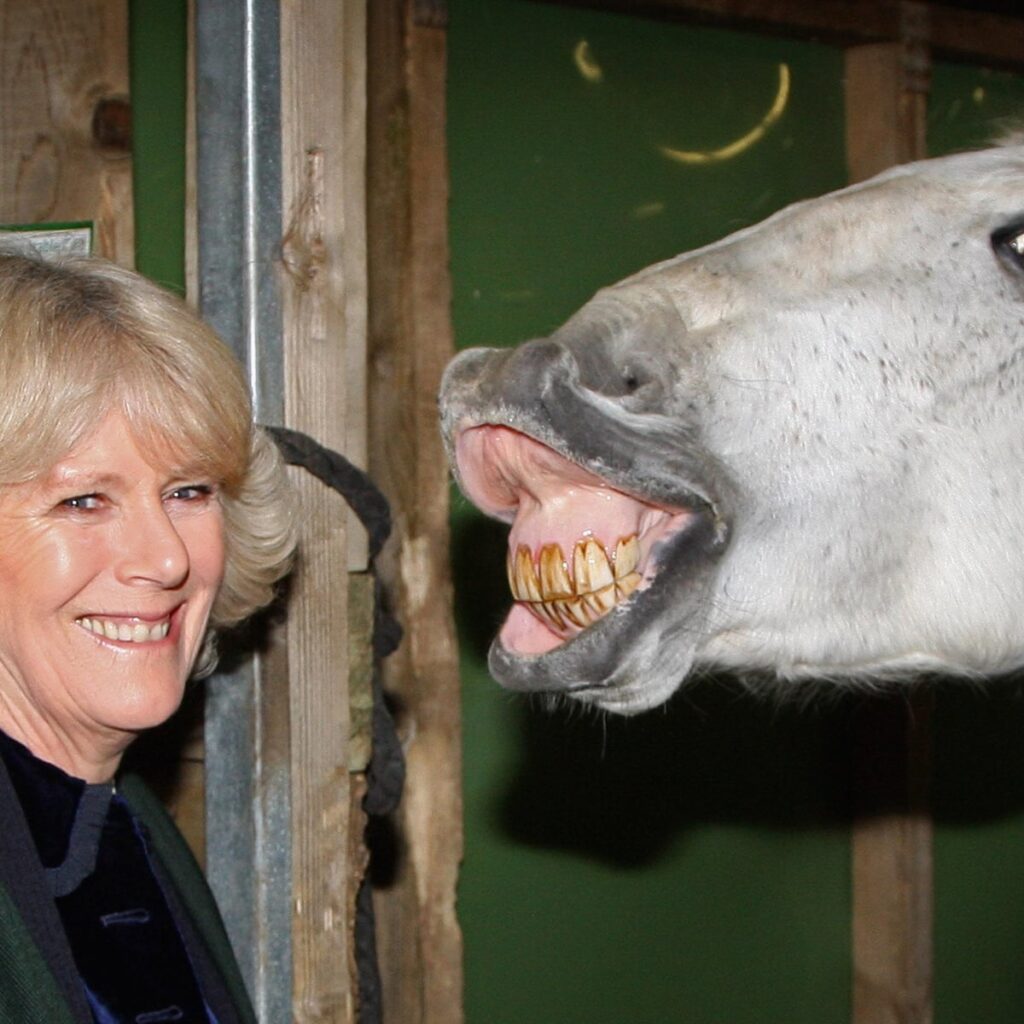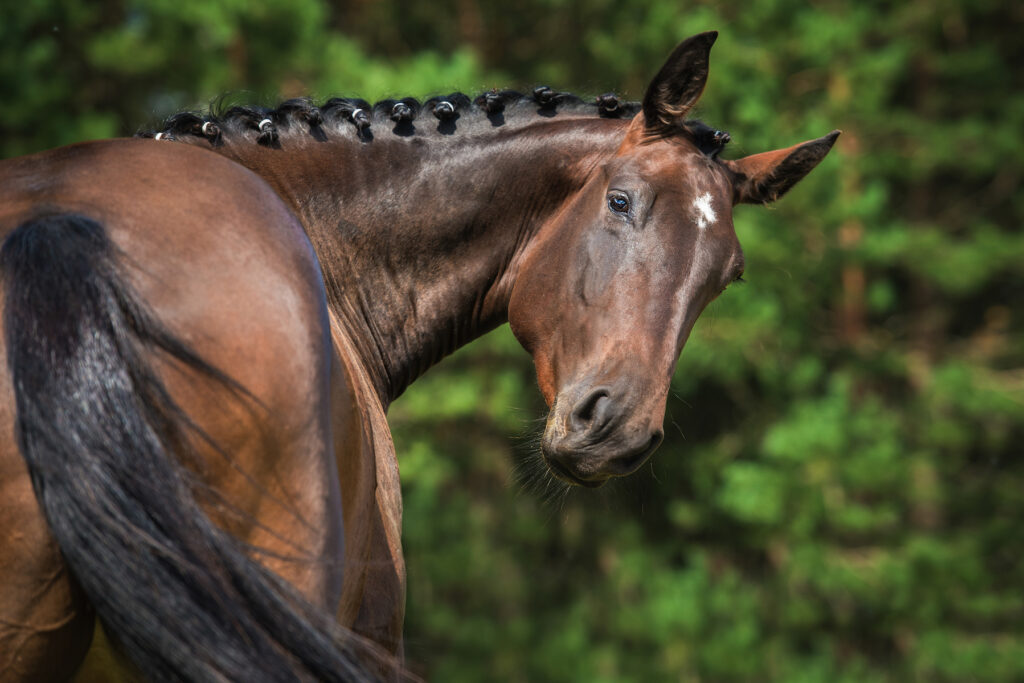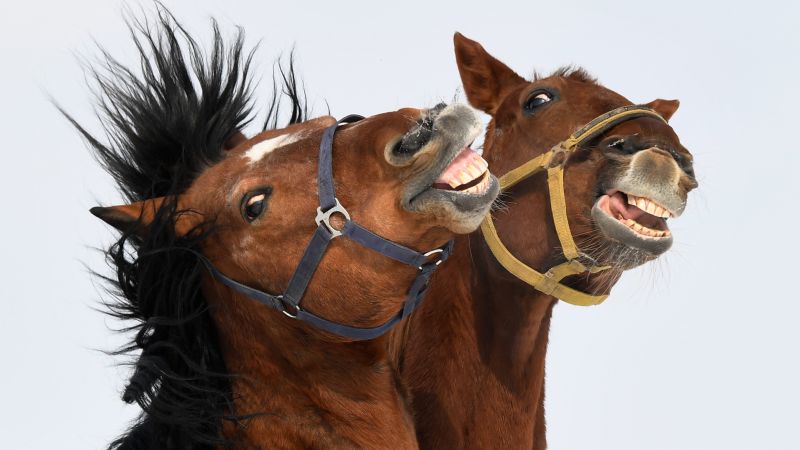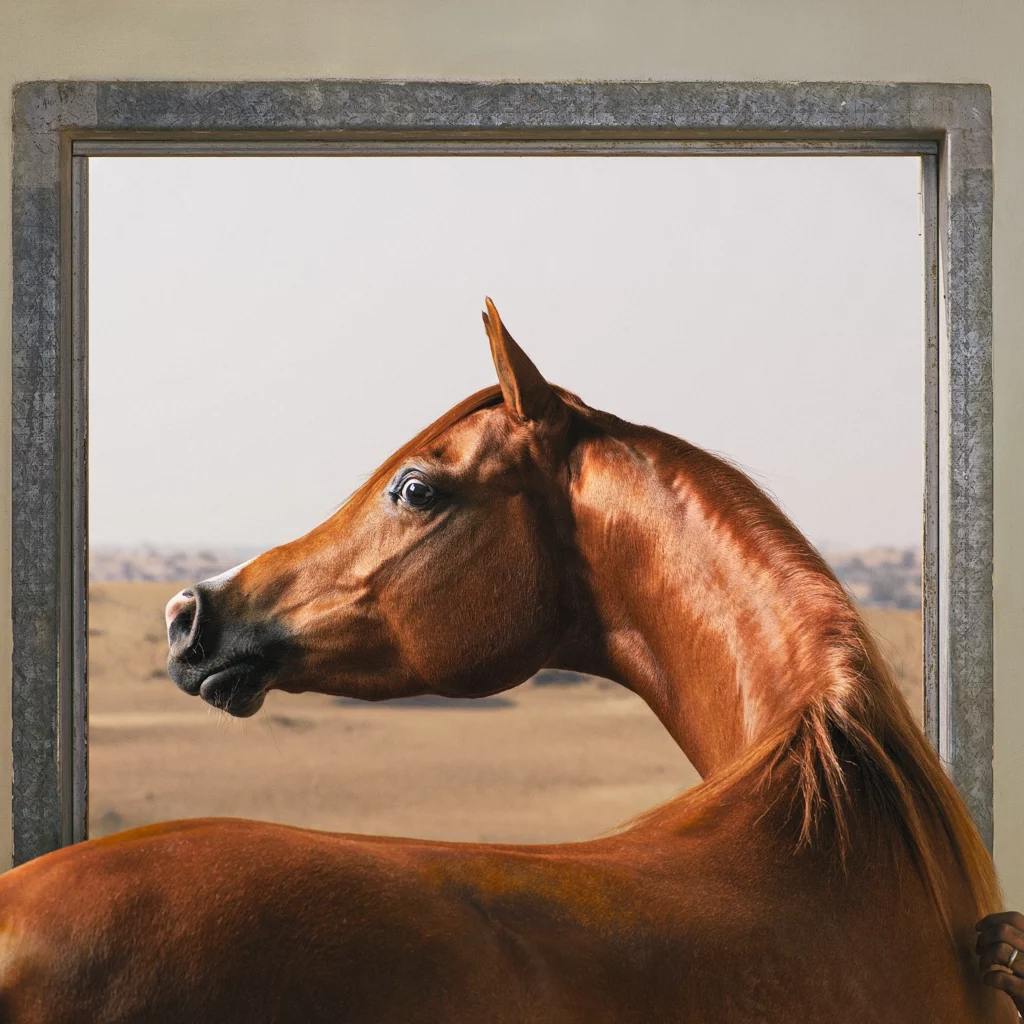Study Shows That Horses Display A Variety Of Facial Expressions
Let’s face it: a horse isn’t a one-trick pony when it comes to expressions. According to new research, our equine friends communicate using 17 distinct facial movements. This is ten less than humans, but one more than dogs and four more than chimps.

The University of Sussex researchers discovered this by dissecting a horse head and identifying the musculature beneath its facial features. Then they watched behavioral footage—15 hours of video showing 86 male and female horses of various breeds and ages ranging from four weeks to 27 years.
The final step was to use EquiFACS (Equine Facial Action Coding System) to record the eye, lip, nostril, and chin movements they’d noticed. The end result is a gestural map that suggests evolutionary parallels between different species.

According to Jennifer Wathan, the study’s lead author, the similarities between horse and human movements are striking. They include raising the inner brows (“puppy-dog eyes”) to express fear, surprise, or sadness; pulling back the corners of the lips (smiling) to express greeting or submission; and opening the eyes wide to express alarm.
These findings, according to Wathan, can help us better understand interspecies relationships. EquiFACS systems, for example, “create a common language to objectively compare species—even those with completely different-shaped faces.”

Her team’s research, which is already assisting veterinarians and trainers, may be able to link facial expressions to emotional states as well. “We don’t know much about animals’ emotional lives,” she says. “How does a positive emotion appear? This tool might be able to help us see it.”

Related Posts
-
 Meet The 30 Teeny Tiny Horses That Are Delightfully Cute
No Comments | Sep 5, 2021
Meet The 30 Teeny Tiny Horses That Are Delightfully Cute
No Comments | Sep 5, 2021 -
 From Desperation to Joy: The Heartwarming Rescue of Butter the Miniature Horse
No Comments | Dec 4, 2024
From Desperation to Joy: The Heartwarming Rescue of Butter the Miniature Horse
No Comments | Dec 4, 2024 -
 A Dog Who Was Not Allowed To Be Touched Because Of Illness, Runs To Hug A New Owner
No Comments | Dec 16, 2021
A Dog Who Was Not Allowed To Be Touched Because Of Illness, Runs To Hug A New Owner
No Comments | Dec 16, 2021 -
 Dog Barks At Biker So He Follows Him To Abandoned Baby
No Comments | Jan 5, 2022
Dog Barks At Biker So He Follows Him To Abandoned Baby
No Comments | Jan 5, 2022

